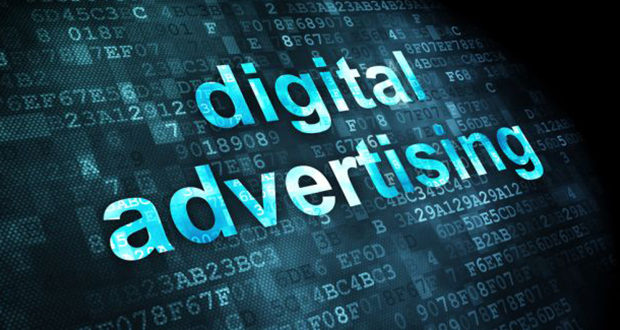By Max Kalehoff
U.S. digital ad spending surpassed TV advertising several years ago. However, many of today’s brands still haven’t rebalanced their advertising strategies when it comes to creative optimization and audience understanding. Despite the continued ascent of digital ads as the workhorse of the advertising industry, an outsized investment is still pouring into crafting the long-revered 30-second spot.
Who are the leaders in embracing the workhorse ad format of the future? A good place to look is the Facebook Ad Library, where you can instantly view a single brand’s ads and find clues to their approach. A perusal of Facebook’s Ad Library can be a hugely enlightening glimpse into how the world’s most successful advertisers leverage consumer attention. For instance, one company might develop dozens of short-form video ads and memes to reflect the short attention and personalized preferences of their prospects and customers. While another company might serve made-for-TV ads directly onto Facebook, seemingly with little optimization for mobile or the Facebook context.
Attention is diminishing in the digital world. It is naive (if not arrogant) to assume that a 30-second spot will give you 30 seconds of audience attention. With multiple devices and numerous apps competing for attention, users are more likely to shift to a different screen or scroll to a new post before the 30 seconds are up.
The 30-second spot has long been the tentpole of advertising’s creative existence. For many brands, these ads — which shine brightest around major events like the Super Bowl — are treated like movie premieres. They are rigorously screened, vetted and refined prior to release, carefully launched and then distributed via paid media. The hope is to generate maximum buzz among consumers and within industry circles. How many marketing conferences have you been to where a chief marketing officer (CMO) celebrates and summarizes her company’s accomplishments by showcasing a 30-second spot?
When you take for granted audience attention, longer environments (like 30-second spots) offer more opportunity in which to tell stories and create emotional impact. Indeed, the emotional impact is what encodes branding into your consumers’ brains, so your advertising achieves impact, whether that’s acting in the moment or remembering and preferring to select your brand later on when shopping. Big ideas are foundational, and there is a place for tentpole creatives, even 30-second spots.
However, consider this: A Google-commissioned study by Ipsos determined that, while only “45% of TV advertising time actually receives attention,” paid YouTube mobile ads receive 83% viewer attention. Moreover, our own Realeyes attention data underscore that consumers rarely demonstrate attentive viewing behaviors with video ads beyond even 15 seconds, particularly in digital environments.
As brands embrace the reality of eyes on digital screens and increasing distraction — accelerated by a global pandemic — they face a creative challenge that no cookie-cutter playbook will solve: how to implement emotive storytelling that encodes your brand in the brain, without the prospect of 30 seconds of captive attention. What is the solution to that?
The massive effort that goes into today’s 30-second spots is often justified by the fact that flagship TV commercials provide the basis for countless iterations of digital ad creative within a campaign. The vast amount of impressions within a given campaign will not be on the full TV commercial, but rather the myriad trimmed-down and reformatted iterations that run across channels, platforms and devices. A standard 30-second spot becomes 15 seconds, 10 seconds, five seconds — you name it. That can be part of the strategy.
There’s more to be done, though. Understanding and leveraging consumer attention toward attention outcomes at the ad level represents one of the biggest challenges facing advertisers today. It’s not enough to ideate and execute a 30-second spot that tests well in focus groups and performs well on the annual awards circuit. Advertisers must understand how their storytelling translates across formats and be able to optimize, at a granular level, for maximum audience attention.
Advertisers need to rebalance their optimization efforts, and for smart ones, the project is ongoing. Understanding an audience’s attention, not to mention the emotional connection, becomes all the more important in today’s pandemic-impacted world, where budgets are tight and every media dollar is challenged to do more. A lean advertising landscape looks plausible in the future, and maximizing for the attention outcomes tied to the workhorse of ad inventory will surely be an essential part of the task ahead.
Feature Image Credit: GETTY
By Max Kalehoff
Max Kalehoff is VP of Marketing and Growth at Realeyes. Read Max Kalehoff’s full executive profile here.


